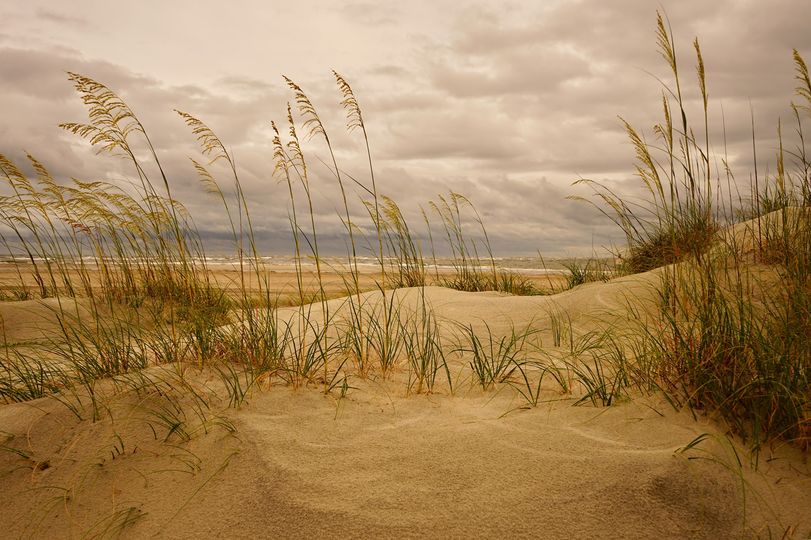In my upcoming historical novel, Sapelo Island is the home of South End, Chocolate, Bourbon, Kenan Fields, High Point, Marsh Landing, and Blackbeard’s Island–all names associated with the fifteen by three-mile barrier island off the Georgia coast as the War Between the States breaks out. The Spalding family’s legacy now rests in what was called the Spalding City of the Dead, a family burial plot near the family’s mainland home, Ashantilly, a short drive above the once thriving port of Darien, Georgia.
Today, much has changed. Darien is no longer the bustling seaport rivaling even Savannah at one time, and Sapelo Island no longer produces cotton, sugarcane, indigo, and rice as it once did. In fact, none of the coastal plantations exist any longer except for historical markers and community namesakes. Yet, Sapelo Island’s and Darien’s history goes back hundreds of long forgotten years.
My wife and I stopped in Darien in the summer of 2019 after a writers’ conference on Saint Simon Island for a bite of lunch. Immediately, I pondered using the quaint time-lost feel of this shrimp boat hub on the Georgia coast as the setting for one of my southern fiction stories. We returned for a week-long stay the following summer to research the town with the notion I could bring my Shiloh Mystery characters to town, but soon found myself entranced by the history of Sapelo Island after we spent a long day traipsing the island from one end to the other (at least as far as we could safely go without getting stuck in the soft sand and mud that made up most of the roads or should I say trails on the island).
I then stumbled upon Buddy Sullivan’s Early Days of the Georgia Tidewater, The Story of McIntosh County & Sapelo. I discovered the rich history of Sapelo and Darien, dating back to Oglethorpe’s founding of New Inverness, later known as Darien–the second oldest town in Georgia. Then I read about the McIntosh clan who settled in the area.
And yes, for my Coweta County friends, the same family whence William McIntosh haled and married Senoia, altering the fate and future generations of Creek Nation lands in Georgia. But that’s another story to be told.
From the McIntosh clan, the Leake clan and Spalding clans emerged up and down the coast in the late eighteenth and early nineteenth centuries.
By 1800, Thomas Spalding arrived on Sapelo Island with his wife, Sarah Leake Spalding and South End came into being. Of their fifteen children born between 1800 and 1822, only five outlived Thomas (1851) and Sarah (1843). Three daughters married and bore children with the names of Brailsford, Wylly, and Kenan. Of the two sons, Charles, the eldest surviving son, had two wives but no children; only the youngest, Randolph bore three Spalding children. His family’s story is the basis behind my upcoming historical novel…
Why this story? As my editor shared after reading my manuscript: History is not as black and white as we might believe, much grayness exists that we should learn about. The Randolph Spalding’s story offers shades of gray that will enhance our understanding of history. It is a tragic tale and important to retell.
In the meantime, follow the below link to read another modern account about Sapelo Island today. I will provide periodic insights into Sapelo Island, Darien, and other parts of the Georgia coast, including Savannah, in the coming weeks and months as we all wait for the release of my latest historical novel.
https://ordinary-times.com/2022/04/02/oh-sapelo/
Thank you for subscribing and look forward to hearing back from you.
T. M. “Mike” Brown
